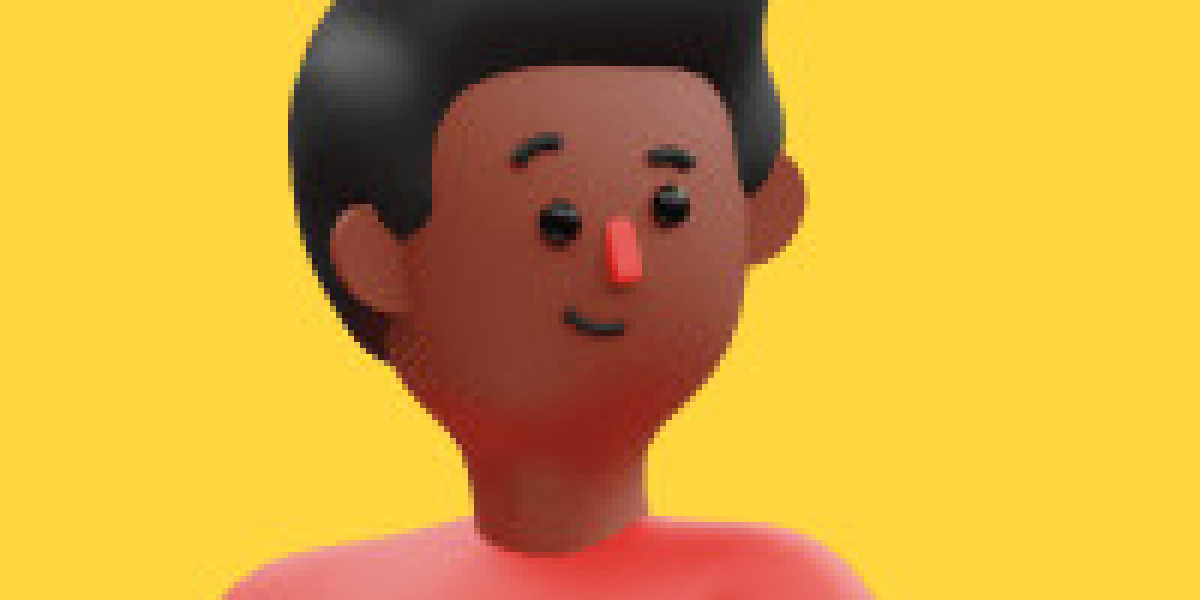Traditionally, bass players focus on playing single notes that support the rhythm and harmony of a song. But as musical styles evolve and bassists push boundaries, using bass guitar chords has become more common — and incredibly effective. From soulful R&B to modern jazz, funk, and even rock, chords on the bass guitar open a whole new world of musical expression.
While bass is primarily known for holding down the groove with root notes and intervals, adding chords gives you the ability to contribute harmonic depth and texture. This is especially useful for solo bass pieces, duets, or arrangements where the bassist takes on a more melodic or harmonic role.
So, what exactly are bass guitar chords? Simply put, they’re multiple notes played simultaneously — often double stops (two notes) or triads (three notes). These can include:
Power chords (root and fifth)
Major and minor thirds
Sixth and seventh intervals
Full triads with inverted voicings
One of the most common ways to use chords on bass is through double stops — typically a root note combined with a third or fifth. This keeps the harmonic structure clear without overwhelming the low frequencies. Since bass occupies the lower end of the sonic spectrum, using too many low notes at once can get muddy. Smart chord voicings keep things clean and musical.
A great tool to help you visualize and build these chord shapes is the Bass Guitar Theory Cheat Sheet Mousepad. Designed specifically for bassists, this handy reference guide includes note charts, intervals, and scale diagrams — all laid out in a quick-access format that sits right at your practice space. It makes connecting theory with fretboard shapes much more intuitive.
To start playing bass guitar chords, you’ll want to understand how intervals work. A major third is four frets above the root note; a minor third is three. The perfect fifth is seven frets up or five frets up on the adjacent string. Learning these distances and how they appear on the fretboard gives you the building blocks for basic chords.
Let’s look at a few practical chord types for bass:
Root + Fifth (Power Chord): Great for rock and metal. Clean and punchy.
Root + Third (Major/Minor Double Stop): Adds emotional tone to grooves.
Triads (Root + Third + Fifth): Full harmonic structure, often used in solo bass or jazz.
Sevenths and Extensions: For more complex voicings in jazz, neo-soul, or R&B.
One technique bassists often use when playing chords is voicing the chord in higher registers. Moving up the neck and playing chords on the D and G strings allows more clarity and avoids muddy tones that occur when you stack low notes too close together. This creates a guitar-like sound while still maintaining your unique bass identity.
Another tip? Palm muting or using a lighter touch when playing chords helps keep the tone tight and controlled. Experiment with fingerstyle, pick, or even thumb-strumming techniques to find your favorite tone and feel.
In terms of genre application:
In funk, chords can create rhythmic stabs and tension.
In jazz, chords add harmonic complexity and allow comping behind solos.
In neo-soul, subtle chords and voicings enrich minimalistic grooves.
In pop or solo bass, chords make arrangements sound fuller and more engaging.
Incorporating chords into your bass playing also deepens your understanding of harmony and voice leading. You’ll start to recognize how chords connect, how to move between them smoothly, and how to build progressions that support — or even lead — a musical piece.
But don’t stop at learning chord shapes — understand how they function. That’s where tools like the cheat sheet come in handy. Knowing that a C major chord contains the notes C, E, and G allows you to construct that chord anywhere on the neck. Then, you can experiment with different inversions or voicings to suit your musical context.
Whether you’re writing, jamming, or just exploring, practicing bass guitar chords will elevate your playing and musicality. You’ll not only be the heartbeat of the band but also a source of color, harmony, and expression.
In conclusion, bass guitar chords are a powerful addition to any bassist’s toolkit. They offer new ways to interpret songs, enhance arrangements, and grow as a musician. With the right fretboard knowledge and a practical guide like the Bass Guitar Theory Cheat Sheet Mousepad, learning and using chords becomes approachable, inspiring, and fun.






